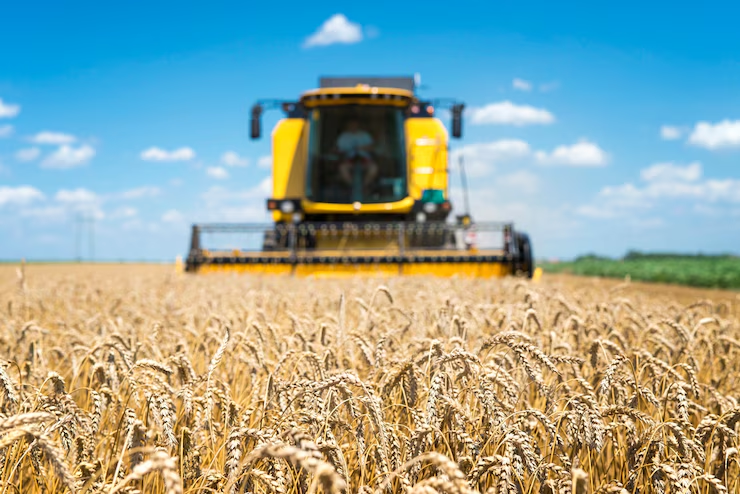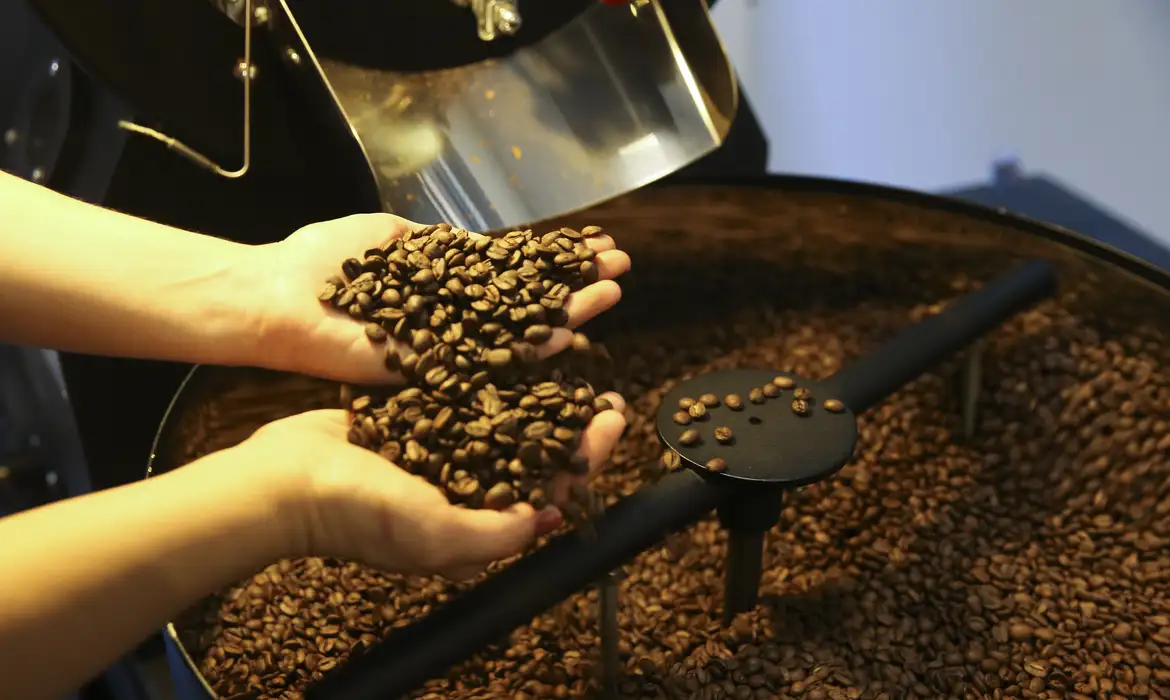Greater responsible for the growth of the economy in the first quarter, agriculture almost doubled its participation in the GDP in ten years

The services sector – which represents around 70% of GDP – grew by 0.6% in the period, while industry fell by 0.1%. In current values, the GDP reached R$ 2.6 trillion. In the accumulated result for the last four quarters, that is, between March of last year and March of this year, the economy grew 3.3%.
At Brasil 61, economists and representatives of the agricultural sector highlighted the impact of the activity on the positive GDP result. Renato Conchon, coordinator of the Economic Nucleus of the Confederation of Agriculture and Livestock of Brazil (CNA), says that the Brazilian economy has grown beyond expectations.
“For agricultural activity, growth was robust when compared to the first quarter of 2022. This shows that, thanks to agricultural activity, GDP growth was sustained. It is important to highlight that this growth in agricultural activity was due to the good harvest , especially the soy crop, but other products also positively influenced this result, such as corn first crop, sugar cane and also Arabica coffee”, he detailed.
Causes
According to the most recent survey by the National Supply Company (Conab), the 2022/23 harvest is estimated at 313.9 million tons. If the projection is confirmed, it will represent an increase of 15.2% in comparison with the grain production of the previous harvest, setting a new record.
Unlike corn, whose harvest of the second crop, better known as “safrinha”, has yet to happen, most of the soybeans were harvested at the beginning of this year. The grain harvest should break a record, according to sector representatives. The expressive performance of agriculture in the first quarter of this year, especially agriculture, is due to the abundant soybean harvest planted in the summer of 2022.
That’s what explains Rebeca Palis, coordinator of National Accounts at IBGE. “Climate problems negatively impacted agriculture and livestock last year and this year we are forecasting a record soybean harvest, which represents approximately 70% of the crop in the quarter, with an increase of more than 24% in production. The soybean harvest is concentrated in the first half of the year. When comparing the fourth quarter of a bad year with a good first quarter, we observe this expressive growth in agriculture”.
According to economist Benito Salomão, the result of the Brazilian economy in the first quarter was “quite positive” and can be celebrated. The professor of economic sciences at the Federal University of Uberlândia points out that growth is anchored in the agricultural sector, but that the services sector, family consumption and exports also pushed the GDP upwards.
In addition to the increase in agricultural productivity, that is, more production was produced in the same space, he attributes the sector’s growth to the devaluation of the real against the dollar, which favors sales abroad and to the good weather conditions, which favored the vintage. Benito says that the sector has been fundamental for the Brazilian economy for some years now. “In years of very low GDP, the agricultural sector is what holds it back from falling further and, in years of very high GDP, the agricultural sector has been that vector”.
According to the CNA, between 2013 and 2023, the participation of agriculture in GDP jumped from 5.7% to 10.2%. According to Conchon, after the release of the GDP by the IBGE, the entity will revise its projections for the country’s economy in 2023. when compared to our last projections. We estimate that the Brazilian GDP should grow 1.2% and for agricultural activity something like 10.5%”.
positive inheritance
For economist Roberto Dardis, in addition to the impact caused by agribusiness, GDP performance is linked to the recovery of the economy that started last year, mainly the reopening of the economy after the most critical period of the Covid-19 pandemic.
“(The GDP) has been coming (above expectations) and should come at least a little bit more during this year. What we have seen is that the reflexes of our economy last year, mainly that growth after the exit of covid, all of this was driven by an improvement for the next year as well, in the case of 2023. This is what we are noticing”, he assesses.
He points out that the growth of the economy in 2023 is not due to positive government actions, but despite them. “You get the interferences, these policies that are more partisan. It gets in the way of everything. Brazil’s backwardness unfortunately lies, whether you like it or not, in the political sector. It is what delays all growth”, he criticizes.
Other results
The timid increase in the services sector was influenced by the sectors of transport and financial activities. Both grew 1.2%. Industry, on the other hand, suffered from declines in capital goods and intermediate goods, despite the positive performance of electricity and water, gas, sewage and waste management activities.
On the expenditure side, household consumption increased by 0.2%, while government consumption increased by 0.3%. Gross fixed capital formation, on the other hand, decreased by 3.4%. This means that companies invested less in the acquisition of machinery and equipment and in the expansion of infrastructure.
INDICATORS: Business confidence rises slightly in May, but remains low
Tax Reform: GT coordinator in the Chamber says Dual IVA should prevail in the final report
By Brasil 61




